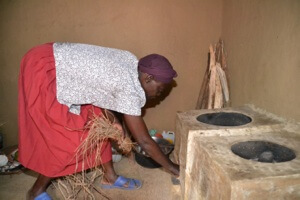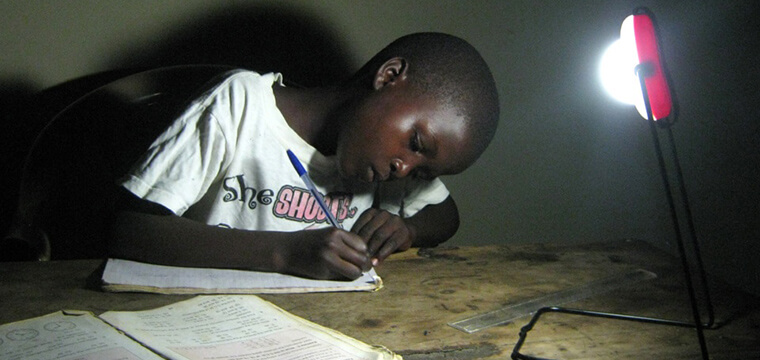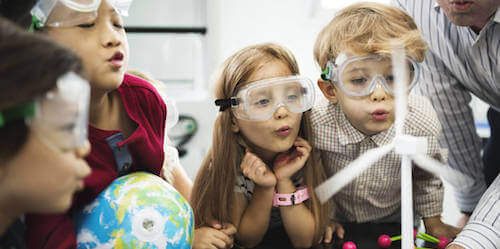 Hazardous parrafin lamps
Hazardous parrafin lamps
and other types of light
In the heart of Africa, at Lake Victoria, right on the equator, there are some very remote villages that are only accessible by foot or by bike. During the rainy season many of the roads and paths are barely passable. Evenings are spent with paraffin lamp light tinkered from cans. Unfortunately, these lamps are not completely safe and have frequently exploded in people's hands.
Necessity
Light in the early evening's darkness
Activity
Purchase and distribute solar lamps, information campaign
Countable effort
Number of families who received a lamp because of the campaign
Result
Correctly installed and working lamps, saved costs
Systemic effect
Improved health conditions, lower energy cost, environmentally sustainable, institutionalized energy model
Background
The Siaya District is located in the south-western part of Kenya, right on Lake Victoria on the border with Uganda. 58,02 % of the people live below the poverty line. Energy supply is a major problem. Most families have no access to electricity. Yet so close to the equator light is very important, because after seven p.m. it is pitch dark. Therefore, people frequently build paraffin lamps from old beverage cans.
However, the lamps explode easily, which regularly leads to severe injuries. Women and children are particularly affected, since they are generally responsible for household duties. In addition, the lamps are fuelled by the most inferiorly manufactured paraffin and kerosene. Harmful pollutants are emitted, when the lamps are burning. According to the WHO, the level of pollution corresponds approximately to the daily consumption of 1-2 packages of cigarettes. In addition, the pollutants contribute to climate change. Another major problem is that they can only be bought in a shopping centers, which are on average at least 5 kilometers away from the villages. This results in high transport costs, which most people cannot afford. Therefore it is important to find an environmentally friendly and cost-effective alternative to paraffin lamps.
The good deed
Solar lamps provide a sustainable and cheaper alternative to the paraffin lamps. The project is integrated in a hire station, interested families may convince themselves of the effectiveness of the lamps. The project is accompanied by a public awareness campaign and a project that provides microloans for families.
Challenge
The only real obstacle is the relatively high initial purchase price of the solar panels and lamps. It corresponds approximately to the cost of running a paraffin lamp for 3-4 months. But once installed, they are functional for more than 1,000,000 hours. This corresponds to a period of 22 years, if the lamp is used 10 hours per night. The batteries are replaceable at the end of their term of at least 4 years, with the new acquisition not being particularly expensive. Furthermore, the local population must be educated about the risks of self-made lamps.

AboutKenya
Nairobi
Capital
44,354,000 (2013)
Number of inhabitants
977
Gross domestic product per capita per year
145
Human Development Index
Kenya has a very extensive diversity of plant species. These include, inter alia, wildebeest, zebras, antelopes and giraffes. They can be observed in the various national parks in the country.
About the organization and further information
Association
Terra Tech Support projects e.V.
DZI-seal of approval, Venro Code of Conduct




